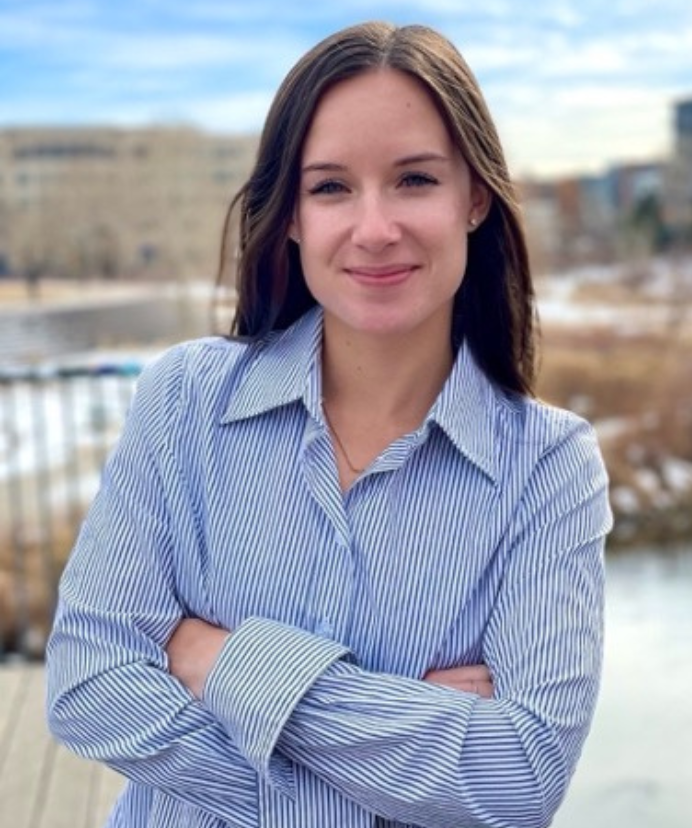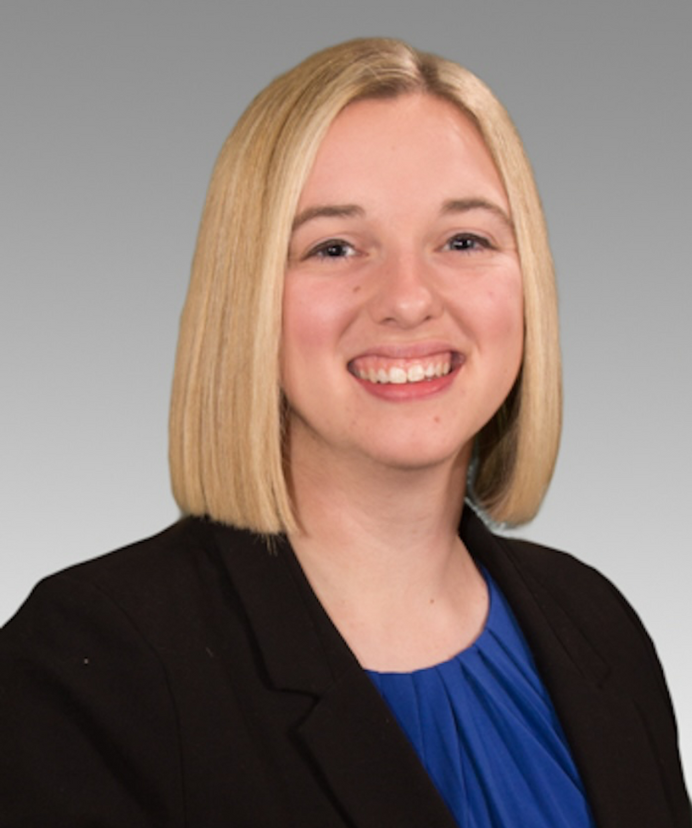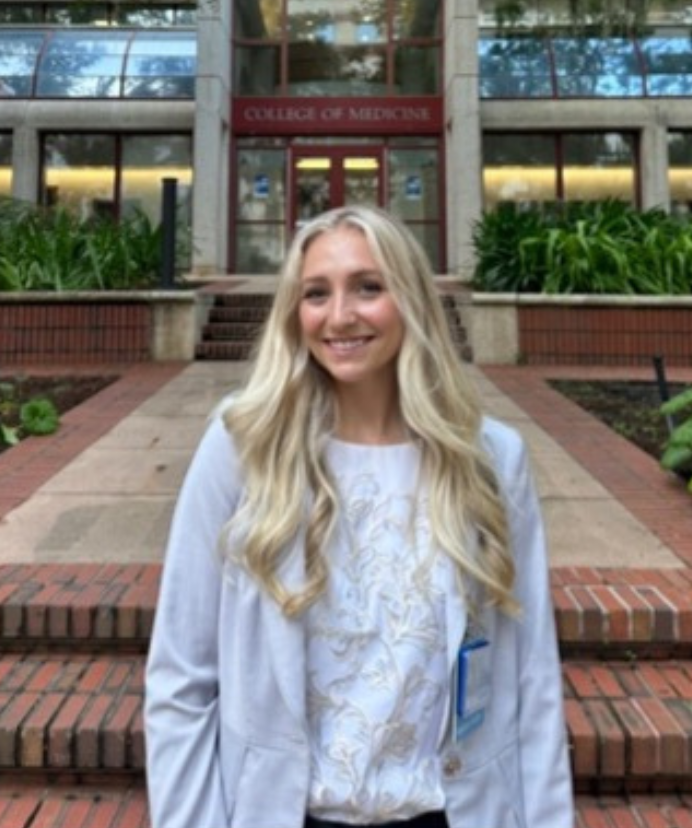Cost vs Care: Florida's Insulin Crisis
Rising insulin costs are forcing people to make difficult decisions about their care, especially in states that did not expand Medicaid.

Read Time: 4 minutes
Published:
“Great, that will be $140. You can swipe your card whenever you’re ready.” Molly visibly flinched and hastily pulled her credit card away. She was on her way home from a long day of work, ready to pick up her insulin prescription and groceries. Now, she could only choose one. Over the past few decades, the cost of insulin has more than doubled. Studies have shown that the average price of a 30-day supply has risen from $271 in 2012 to $499 in 2021.
Molly’s monthly payment jumped to $140 per month because her insurance no longer covered Novolog, the insulin she had been on since her diabetes diagnosis. She went home and called her doctor, who changed her prescription to the generic form. Two days later, she had her insulin. If Molly hadn’t had enough insulin left at home to survive that two-day delay, things could have turned out very differently.
When a person with diabetes finds themselves without adequate insurance, the results can be devastating. Molly worked in health care, was applying to medical schools, and had insurance. Even with this knowledge and resources, she still struggled to access her medication.
Without insulin, people with type 1 diabetes can develop critically high blood sugar, resulting in nausea and vomiting, dehydration, coma, and even death. As of 2022, 38.4 million people in the United States were living with diabetes. Over 17% of diabetics reported rationing insulin in 2021, with uninsured individuals making up the largest portion of this statistic.
In Florida, 2.5 million people are living with diabetes. In 2022, over 20,000 hospitalizations and over 8,000 deaths from diabetes occurred in Florida alone. How many of these lives could have been saved if no one needed to ration the medication necessary for their survival?
[W]e all have a responsibility to address the devastatingly high costs of insulin for our citizens that fall in the coverage gap.
To address the need for insulin and alleviate the financial stress for uninsured and under-insured patients, the FDA authorized Florida to import prescription drugs from Canada at a significantly reduced cost. However, we have yet to see evidence of this policy in action, and many biologics (including insulin) may be excluded. Therefore, we will need another solution.
Many Florida citizens cannot access health care or insurance because they fall within a coverage gap. This includes people who do not have employer coverage or do not meet the requirements for Medicaid. These residents are often left with the decision of buying groceries or their insulin, and do not receive the financial help that is available to residents in states that adopted Medicaid expansion.
Since implementation of the Affordable Care Act, 41 out of 50 states have drastically narrowed their coverage gap by expanding Medicaid. States that have expanded Medicaid have consequently seen a vast increase in access to insulin. In fact, a retrospective study found a 40% increase in filled insulin prescriptions in a two-year period in states that expanded Medicaid.
Despite these statistics, Florida still has not chosen to expand Medicaid, leaving nearly 11% of Floridians in the coverage gap. With rising insulin costs continuing to impact millions of Floridians, more people will be forced to choose between paying their rent or filling their prescription.
Molly wondered what would have happened had she not had the time or knowledge to call her doctors and insurance company. She also understood that she would not have been able to afford even the generic form of insulin without her school’s insurance policy. Molly is in medical school now, sharing her story and fighting for better access to insulin for her future patients. Like Molly, we all have a responsibility to address the devastatingly high costs of insulin for our citizens that fall in the coverage gap, or we will continue to see unnecessary deaths and hospitalizations from this disease.








